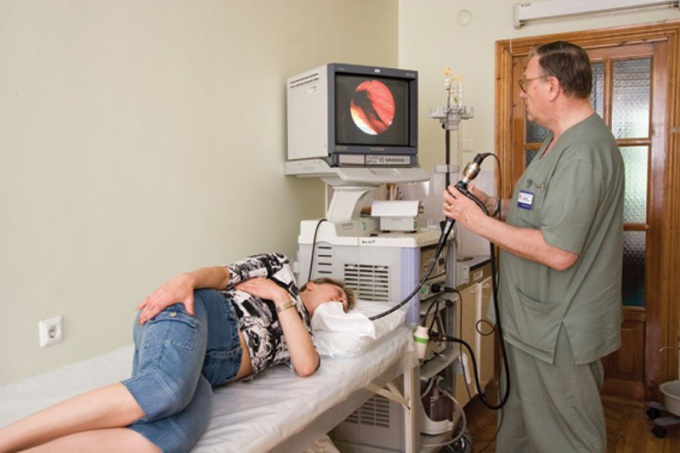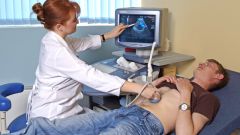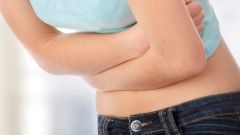Instruction
1
Fibrogastroduodenoscopy is a very important procedure for the diagnosis of gastric ulcer, 12 duodenal ulcer, pathologies of the esophagus, stomach, detecting malignancies and determining the reasons for the symptoms that bring the patient suffering. This is carried out with the help of a special device of an endoscope equipped with a video camera and special light. The camera image is displayed on the monitor screen under magnification, which allows the doctor to assess the condition of the mucous membranes of the gastrointestinal tract.
2
In some cases, with EGD performed medical operations: remove the polyps, produce tamponade bleeding vessels in damaged areas of the stomach and intestines, put on their joints, remove foreign objects, etc.
3
To research or medical intervention was productive, it is important to release the digestive tract from food residue, so you need to strictly comply with all recommendations of the doctor in preparation for EGD and to treat the procedure with full responsibility.
4
EGD is usually performed under local anesthesia, then the patient's throat is treated with anesthetic, but sometimes appointed General anesthesia. Usually this occurs if it is necessary to conduct more detailed survey or some painful manipulation. In this case, preparation of the patient should be conducted as if the upcoming surgery.
5
To do this, the patient is EKG, technicians produce blood for analysis. Talking with the anesthesiologist. The patient must tell the doctor about the available drug intolerance, infectious diseases and sign a formal consent to the holding of General anesthesia.
6
3-4 days before anesthesia of fibrogastroduodenoscopy need to limit consumption of meat, bread, vegetables and fruits. On the eve of 15-16 hours to drink a laxative, you can use 2-3 tbsp of castor oil. 10 hours before the study patient is forbidden to take any food, so the evening can not eat, but you need to do enema for bowel cleansing. An important condition – the ban on Smoking. The fact that tobacco smoke stimulates the secretion of gastric juice, which can interfere with the production of the correct diagnosis.
7
General anesthesia given to the patient during the EGD, usually short-term, because all treatments do not take much time. The exception may be medical manipulation, which may last a long time.
8
Immediately prior to EGD the patient see an legs with elastic bandages – in case you are planning a long to the manipulation. This is to avoid the formation of blood clots.
Note
The use of General anesthesia during EGD allows the patient to avoid the unpleasant feelings and memories.



